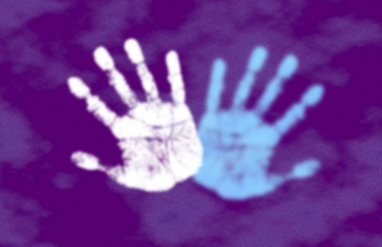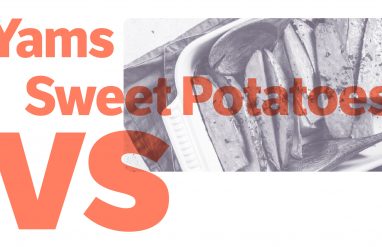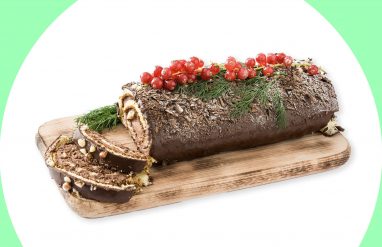Red is one of nature’s most eye-catching colors. It symbolizes love, heat, danger, and even death. With all of its many shades and meanings, there is no reason to stick with the single word red.
There are dozens of words that describe types of red, from amaranth to vermilion. You might even find that the terms themselves are as beautiful as the shades of red that they describe.































